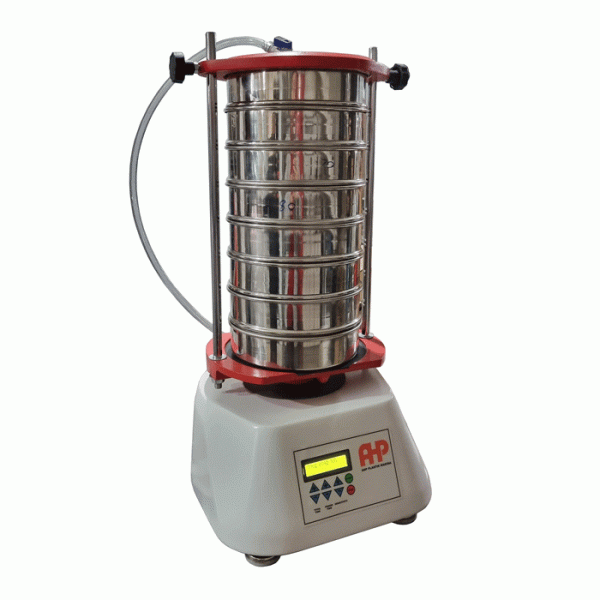Description
- Digital setting of amplitude
- including 8 pcs of sieve mesh as per customer request
- Including wet sieve equipment as per customer request
- Digital set of test time

It is a basic digital laboratory dry and wet sieve shaker. This Sieve shaker can be used for all typical sieving tasks in the laboratory, with adjustment of the amplitude, while the instrument is running. Complete with a practical sieve stack tensioning system.